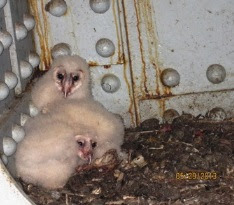A tree walk
Snapping Turtle -- Photo by KEN CHAYA -- taken on 6-17-13 at The Loch
Two days ago, [6/18/13] I went on a marvelous tree walk in the North Woods, given under the aegis of the Linnaean Society. The leader was tree expert KEN CHAYA who is the co-author [with Edward S. Barnard] of the unique folding map of Central Park entitled CENTRAL PARK ENTIRE. Besides offering renderings of every paved walk and roadway in the park, this useful [and beautiful] object provides information and locations for thousands of Central Park's trees.
The walk began at 6:30 and ended at about 9:00 pm, and the fact that it was raining for the entire duration of the event did not detract a bit from its marvelousness. About 15 people [with about 5 children] showed up, raincoats, umbrellas and all. In addition to being highly knowledgable and erudite, Ken is a delightful guy. He infected everyone, young and old, with his extraordinary passion for trees. The following link gives a small idea of what I'm talking about:
http://www.youtube.com/watch?feature=player_embedded&v=ROUJIxvCpYQ
PS I couldn't resist including Ken's photo of the Snapping Turtle he'd encountered in the park the day before the walk. You'll have to go to the park to see the trees, or at least get Ken's map



